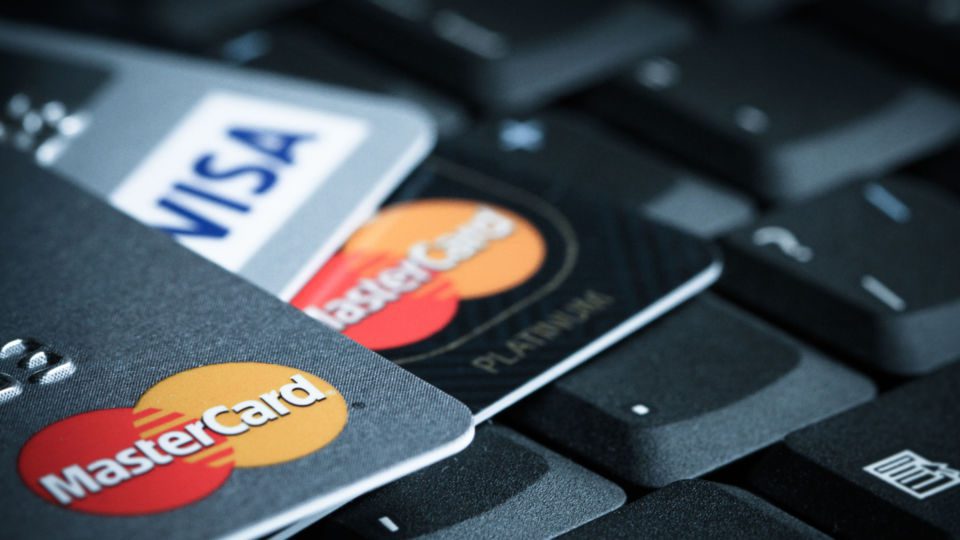 I think at this point it goes without saying that 2020 was an incredibly challenging year for merchants all over the world. Almost overnight we saw a rapid acceleration in ecommerce, driven by consumers out of pure necessity while high streets stood empty for months on end during various lockdowns.
I think at this point it goes without saying that 2020 was an incredibly challenging year for merchants all over the world. Almost overnight we saw a rapid acceleration in ecommerce, driven by consumers out of pure necessity while high streets stood empty for months on end during various lockdowns.
But as many retailers enjoyed a boom in online sales, there also lurked a looming global economic downturn. The loss of countless jobs all over the world created an environment where many people suddenly found themselves without a steady income.
Unfortunately, these conditions paved the way for a huge rise in global fraud. Fraud always tends to go up during a recession, and while people are worried about money and restricted to online shopping, we have seen a significant rise in a particular type of phenomenon — refund abuse.
What is Refund Abuse?
Refund abuse occurs when a customer buys a product online and then claims a refund after wrongly reporting that their order never arrived. That way, a consumer can have their cake and eat it.
Advertisement
Our research indicates that 51% of merchants have experienced an increase in refund abuse in the last 12 months — and it’s easy to see why. Because of COVID-19, many merchants have made refund policies more flexible to encourage sales, while also offering contactless delivery, where delivery firms leave packages outside the front door without ringing the bell.
The success of these kinds of deliveries can be difficult to verify because customers can claim they never received their goods or that they were stolen from their front doorstep. Things can very quickly turn into a he-said/she-said type argument where you are relying solely on the word of the customer and the delivery driver. How do you distinguish between a customer genuinely saying their order was taken from their front doorstep and a customer that’s committing refund abuse?
Large return networks are also an issue that have become much more prevalent during the pandemic. High-volume retailers have relaxed their rules about where items can be collected from and where returns can be processed. Online items in particular can often be dropped off at the location of a third party, to be collected and returned by a shipping company. This can cause issues because a large network can be hard to monitor and track, meaning that delivery and returns are harder to verify.
A Case in Point — Wardrobing
Another trend associated with refund abuse that we’ve noticed is a case of “wardrobing,” where customers buy clothing online, wear said clothing for the purpose of taking a selfie for Instagram, and then return the item to the retailer. Although most people genuinely do return their products when they’re wardrobing, this trend is still costly for many brands. In fact, ASOS in the UK was hit so badly by this kind of behaviour, it took to trawling the internet to spot one-time wearers and blacklist them. Good for ASOS.
Reaching a Tipping Point
But now it looks like things are going to get worse before they get better. Governments around the world are starting to tighten their belts. The furlough scheme in the UK is set to conclude at the end of April 2021. The Australian JobKeeper scheme is set to stop at the end of March. There are reports of additional U.S. stimulus checks, but these cannot carry on forever. Once the magic money tree stops bearing fruit, we’ll likely see an even bigger rise in refund abuse, and merchants need to be aware of the threat to be able to prevent it from becoming an ongoing issue.
What to do About it
The answer to refund abuse is unfortunately not very straightforward. Refund abuse is difficult to identify and even more complicated to prevent. The pandemic has created an economic situation that incentivizes fraud while forcing merchants to implement processes that can be easily exploited.
The best way to stem the tide of refund abuse, particularly in the environment that we find ourselves in, is to make sure you have as much information as you can and analyse it as thoroughly as you can. First, build up a profile of your customer base and their purchase history. A long-time customer who reports a missing parcel for the first time after years of loyalty to your brand is unlikely to be committing refund abuse. But someone who has just set up an online account with you, who makes a refund claim after their first purchase, is much more suspicious.
Analyzing this kind of data at scale is time-consuming and expensive if you do it manually. Here though, technologies such as AI and machine learning are very much your friend. However, much the same way that all fraud is not carried out in the same way, an off-the-shelf machine learning system may do more harm than good. Using one that is built specifically with your industry and your business in mind is key to helping you fight fraud, in an environment where, unfortunately, we’re only going to see things get worse before they get better.
Mairtin O’Riada is CIO and Co-founder of Ravelin. He has had an extraordinary career, having worked for Scotland Yard and The Metropolitan Police providing intelligence on Chinese organised crime, extremism, post-conflict resolution, live kidnapping, bank robberies and hostage situations before moving to the Caribbean to support covert anti-corruption units. He believes that fixing corruption fixes everything. Now, he’s using that passion and experience in his current role at fraud detection and payment acceptance specialist Ravelin to continue hunting criminals and spoiling a fraudster’s day.





